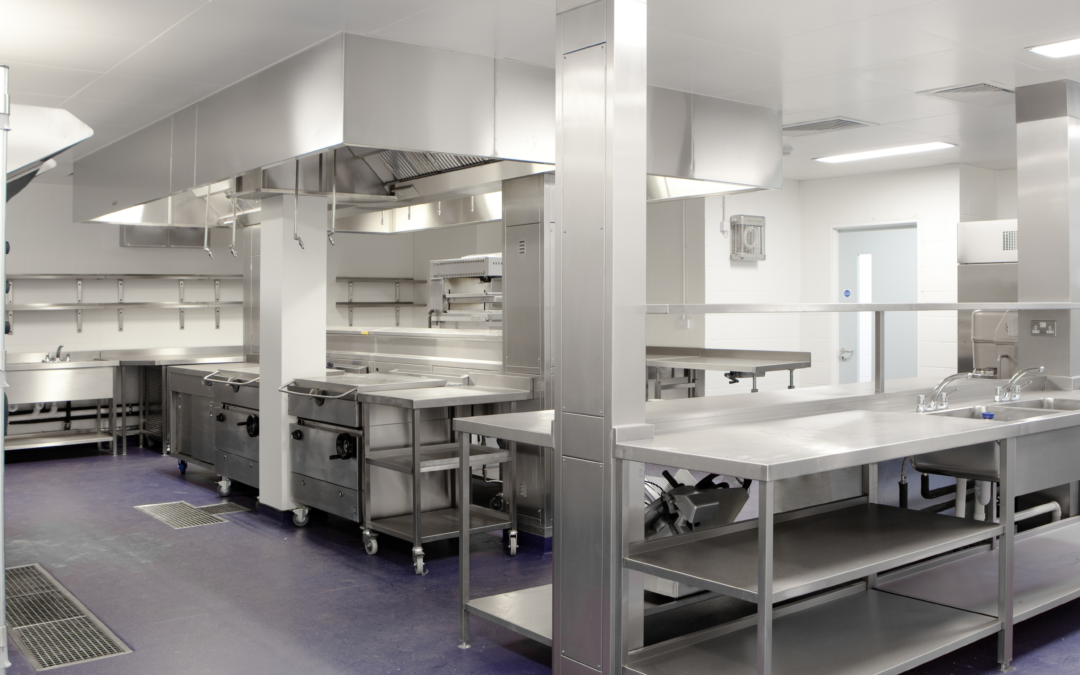Commercial Renovations
Renovating a commercial building involves several steps and processes. Here is a general outline of the typical renovation process:
1. Planning and Design: Determine the scope of the renovation project, including the areas to be renovated and the desired outcome. Hiring an architect or design team can help to create a detailed plan and design for the renovation, taking into account building codes and regulations.
2. Obtain Permits and Approvals: Research and obtain any necessary permits and approvals from local authorities, such as building permits, zoning approvals, and environmental clearances; ensure compliance with all applicable regulations and codes. Oftentimes, your contractor will handle these aspects of the process.
3. Budgeting and Financing: Develop a comprehensive budget for the renovation project, including costs for materials, labor, permits, and any unforeseen expenses. Explore financing options, such as loans or grants, if needed.
4. Selecting Contractors: Solicit bids from multiple contractors and select the most suitable one based on their experience, expertise, and cost estimates. Sign a contract with the chosen contractor, clearly outlining the scope of work, timeline, and payment terms.
5. Preparing the Site: Clear the building of any existing furniture, fixtures, and equipment. Ensure the site is safe and secure for the renovation work to begin.
6. Demolition and Structural Changes: If necessary, remove any unwanted structures, walls, or partitions. Make any required structural changes, such as reinforcing the foundation, adding or removing walls, or altering the layout.
7. Mechanical, Electrical, and Plumbing (MEP) Systems: Upgrade or install new MEP systems, including electrical wiring, HVAC (heating, ventilation, and air conditioning), plumbing, and fire protection systems. Ensure compliance with building codes and safety regulations.
8. Interior Finishes and Fixtures: Install new flooring, wall finishes, ceilings, and lighting fixtures. Paint or wallpaper the walls, and install any necessary cabinets or shelving.
9. Exterior Improvements: Upgrade or repair the exterior façade, windows, doors, and roofing. Enhance the building’s curb appeal with landscaping, signage, and parking improvements.
10. Final Inspections and Certifications: Schedule inspections by local authorities to ensure compliance with building codes and regulations. Obtain necessary certifications, such as occupancy permits or LEED (Leadership in Energy and Environmental Design) certifications.
11. Completion and Handover: Conduct a final walkthrough to ensure all renovation work has been completed to satisfaction. Settle any outstanding payments with contractors and suppliers. Hand over the renovated building to the business owner or tenant.
Remember, the specific steps and processes may vary depending on the size and complexity of the renovation project, as well as local regulations and requirements. It is essential to consult with professionals, such as architects, contractors, and legal experts, to ensure a successful commercial building renovation.


Recent Comments